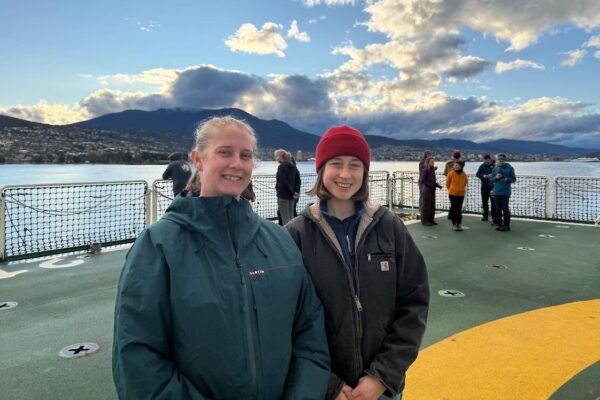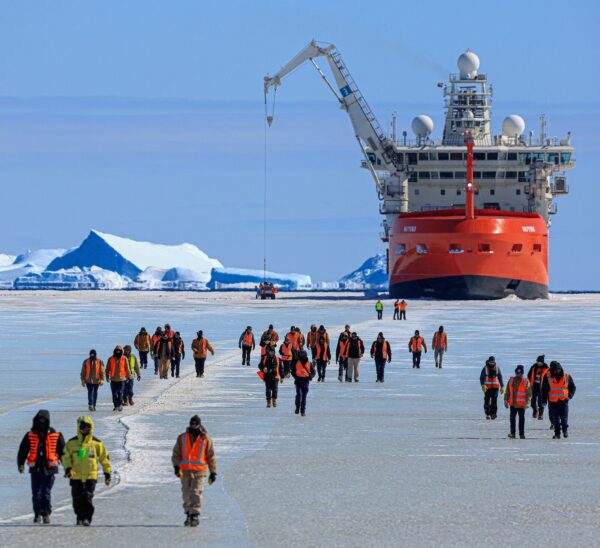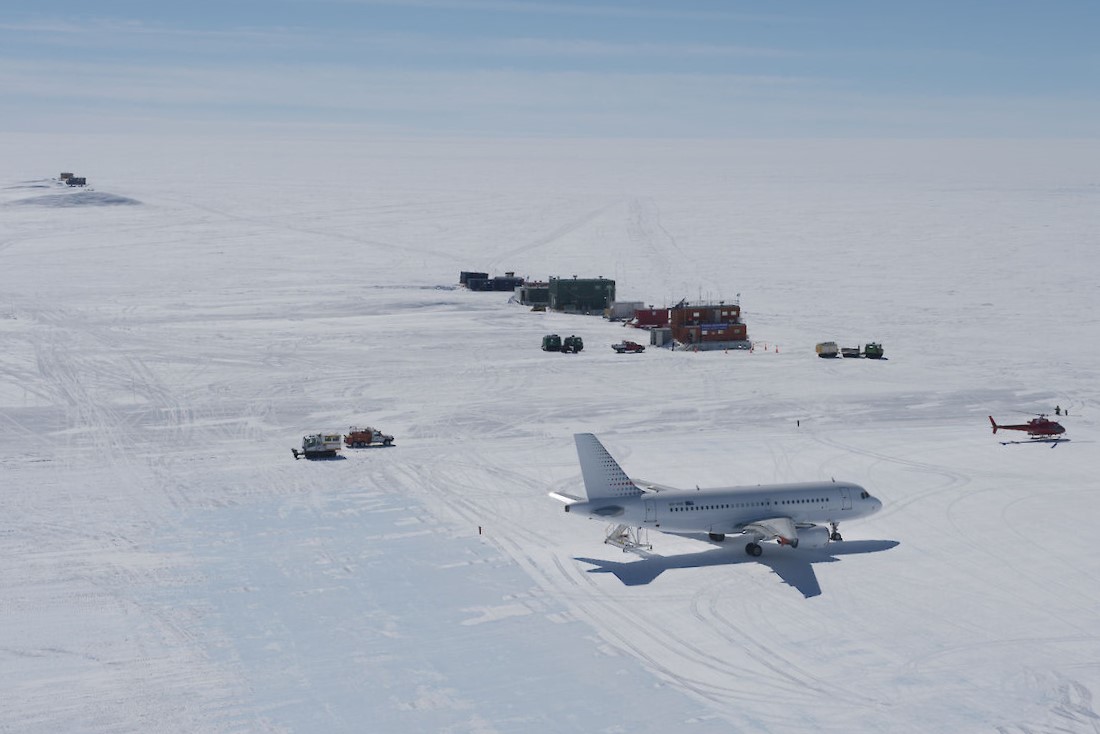With 30 years’ experience of fighting fires to her name, Jenny Bonser is now on her way to the frozen south of Antarctica.
Formerly the Director of Operational Services for South Australia Police, she is taking up her duties as leader of Davis research station.
She is part of a 99-strong expedition onboard Australian icebreaker RSV Nuyina on its way to Casey station, the first of three stops on its 52-day research and resupply voyage.
“I’ve spent the last 30 years as a volunteer firefighter with the Morphett Vale Country Fire Service,” Bonser says.
She says her new role as station leader will allow her to combine her skills and experience and is “personally, a once-in-a-lifetime opportunity” to experience Antarctica.
“My professional skillset is planning, organisation and operations delivery, with a focus on emergency management. My passion is for leading people.
“I am very excited about Midwinter celebrations – it’s a uniquely Antarctic experience,” she says.
“Of course, I’ll miss my friends and family, but I think I’ll probably miss some other things too, like patting dogs and petrichor (the smell of rain after a hot spell).”

NORTHERN ANTARCTICA STOPS
The icebreaker is making three stops, starting with Casey Station, says voyage leader Samantha Climie.
“When we get close to Casey, we’ll fly some crew off so they can get an early start on their projects,” she says.
“Some of the Wilkins Aerodrome crew will be flown off to help open the ice runway.”
Two helicopters onboard will fly in critical cargo that is too fragile to be part of an airdrop planned for mid-October.
After that, the Nuyina heads to Heard Island for 10 days of scientific and environmental research.

Then it’s on to Davis research station for an over-ice resupply; the icebreaker will ‘park’ in thick sea ice about one kilometre from the station and unload by truck and tractor.
It will take just over a week to transfer 500 tonnes of cargo which includes 12,600 eggs, 500kg of bacon, 600kg of cheese, 140,000 litres of water and around 800,000 litres of fuel.
“We’re inserting next season’s team, who will spend a year in Antarctica, and bringing the winterers home,” Climie says.
“We will leave the helicopters at Davis. In the summer, they will fly across to Mawson station so we touch every Australian Antarctic station with this voyage.”
The three Australian stations are located on the northern coastline of Antarctica.
For more on Australia’s Antarctica Program, click here to visit their website.
MORE ANTARCTICA NEWS: Shrinking sea ice alarms scientists






